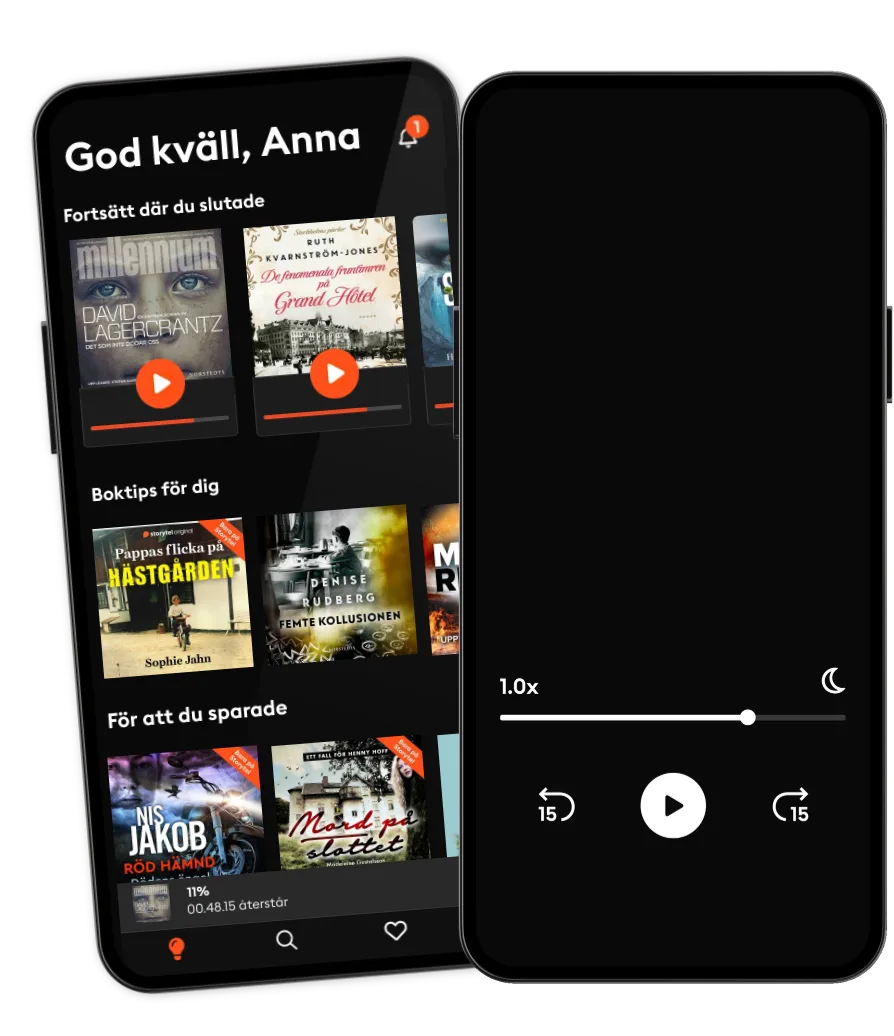Lyssna när som helst, var som helst
Kliv in i en oändlig värld av stories
- 1 miljon stories
- Hundratals nya stories varje vecka
- Få tillgång till exklusivt innehåll
- Avsluta när du vill

After the End of Art: Contemporary Art and the Pale of History - Updated Edition
The classic and provocative account of how art changed irrevocably with pop art and why traditional aesthetics can’t make sense of contemporary art
A classic of art criticism and philosophy, After the End of Art continues to generate heated debate for its radical and famous assertion that art ended in the 1960s. Arthur Danto, a philosopher who was also one of the leading art critics of his time, argues that traditional notions of aesthetics no longer apply to contemporary art and that we need a philosophy of art criticism that can deal with perhaps the most perplexing feature of current art: that everything is possible.
An insightful and entertaining exploration of art’s most important aesthetic and philosophical issues conducted by an acute observer of contemporary art, After the End of Art argues that, with the eclipse of abstract expressionism, art deviated irrevocably from the narrative course that Vasari helped define for it in the Renaissance. Moreover, Danto makes the case for a new type of criticism that can help us understand art in a posthistorical age where, for example, an artist can produce a work in the style of Rembrandt to create a visual pun, and where traditional theories cannot explain the difference between Andy Warhol’s Brillo Box and the product found in the grocery store.
After the End of Art addresses art history, pop art, “people’s art,” the future role of museums, and the critical contributions of Clement Greenberg, whose aesthetics-based criticism helped a previous generation make sense of modernism. Tracing art history from a mimetic tradition (the idea that art was a progressively more adequate representation of reality) through the modern era of manifestos (when art was defined by the artist’s philosophy), Danto shows that it wasn’t until the invention of pop art that the historical understanding of the means and ends of art was nullified. Even modernist art, which tried to break with the past by questioning the ways in which art was produced, hinged on a narrative.
© 2021 Princeton University Press (E-bok): 9780691209302
Utgivningsdatum
E-bok: 8 juni 2021
Andra gillade också ...
- Konstnären Dag Öhrlund
4.1
- Följeslagaren Sofie Sarenbrant
4
- Vår sjätte attaché Denise Rudberg
4.3
- När stjärnorna faller Mari Jungstedt
4
- Välkomna till vårt äktenskap Julia Dufvenius
4
- Skugga över Slagtjärn Rolf Börjlind
4.1
- Främmande blod Nis Jakob
4.3
- Ett orimligt straff Carin Hjulström
4.4
- Din för evigt Natalie Normann
4.2
- Sommarvindar över Saltudden Ida Fryklund
3.7
- Besökaren Dag Öhrlund
3.9
- Jägarhjärta Lars Wilderäng
3.7
- Nattankare Kristina Ohlsson
4.1
- Kodnamn Antrax Mikael Ressem
3.8
- Tornet Dag Öhrlund
3.8
Därför kommer du älska Storytel
1 miljon stories
Lyssna och läs offline
Exklusiva nyheter varje vecka
Kids Mode (barnsäker miljö)
Premium
Lyssna och läs ofta.
169 kr /månad
Exklusivt innehåll varje vecka
Avsluta när du vill
Obegränsad lyssning på podcasts
Unlimited
Lyssna och läs obegränsat.
229 kr /månad
Exklusivt innehåll varje vecka
Avsluta när du vill
Obegränsad lyssning på podcasts
Family
Dela stories med hela familjen.
Från 239 kr /månad
Exklusivt innehåll varje vecka
Avsluta när du vill
Obegränsad lyssning på podcasts
239 kr /månad
Flex
Lyssna och läs ibland – spara dina olyssnade timmar.
99 kr /månad
Spara upp till 100 olyssnade timmar
Exklusivt innehåll varje vecka
Avsluta när du vill
Obegränsad lyssning på podcasts
Svenska
Sverige